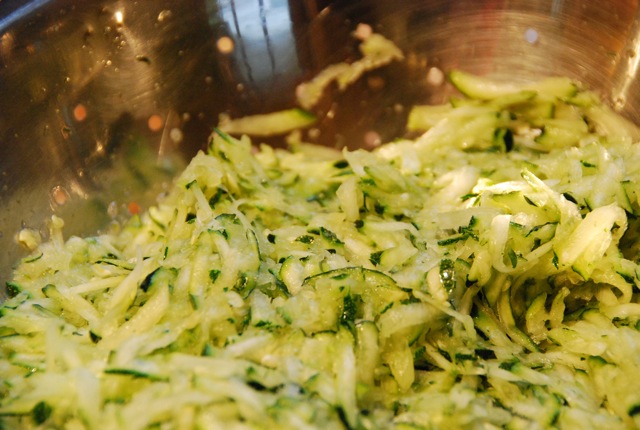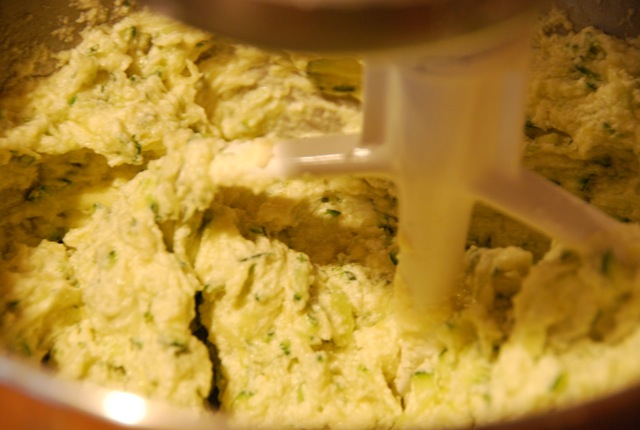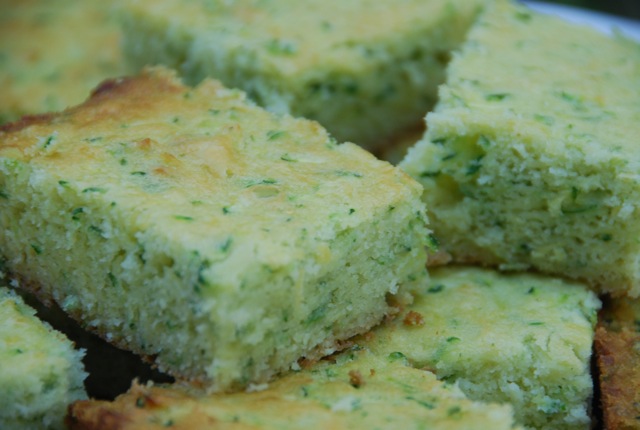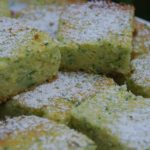The Pasilla Chile is the dried Chilaca Chile. It is also by far the most harvested and used chile in the state of Michoacan. In some towns you can see some patios covered with mats where hundreds and thousands of Chilacas are being dried in the sun to be turned into Pasillas.
When it is fresh, it is long and shiny with a bright light green color. Once dried and with the name Pasilla, it is very long, slender, dark brown or black, with soft wrinkled skin. It has a rich, earthy and mildly spicy taste with a hint of sweetness. It is used for many things such as table sauces, soups, stews, rubs, marinades and moles (continue for more information and photos).
It goes by different names, in some regions it is called Pasilla and in some Negro, or Black. Some call it Black Pasilla or Pasilla Negro. It can be substituted by the New Mexico dried Chile, thought it does have a different flavor. Not to confuse it with the Ancho Chile, which in some places in the US is called Pasilla as well. So it will be easy to recognize, here are a couple pictures.
But don’t worry, once you cook with a specific kind of Chile you will not mistake it with any other! I am also adding a couple pictures of the Ancho Chile in its entry, so you can distinguish them as well.

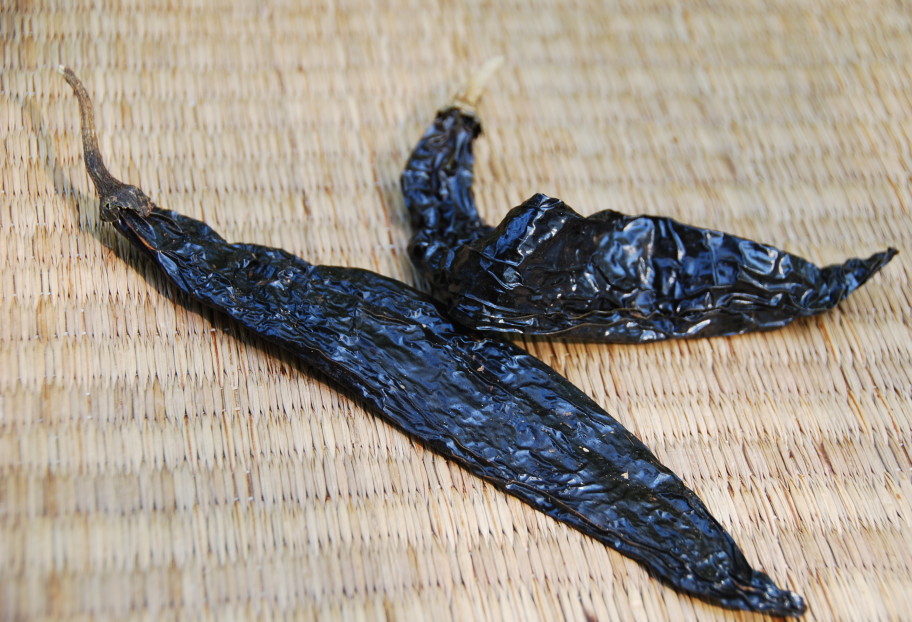
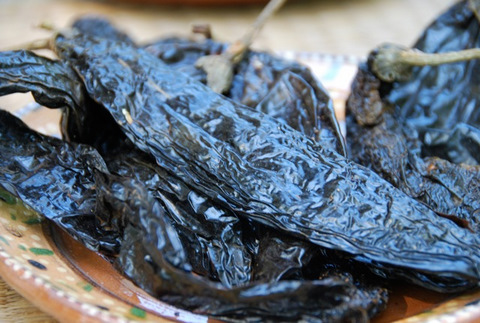
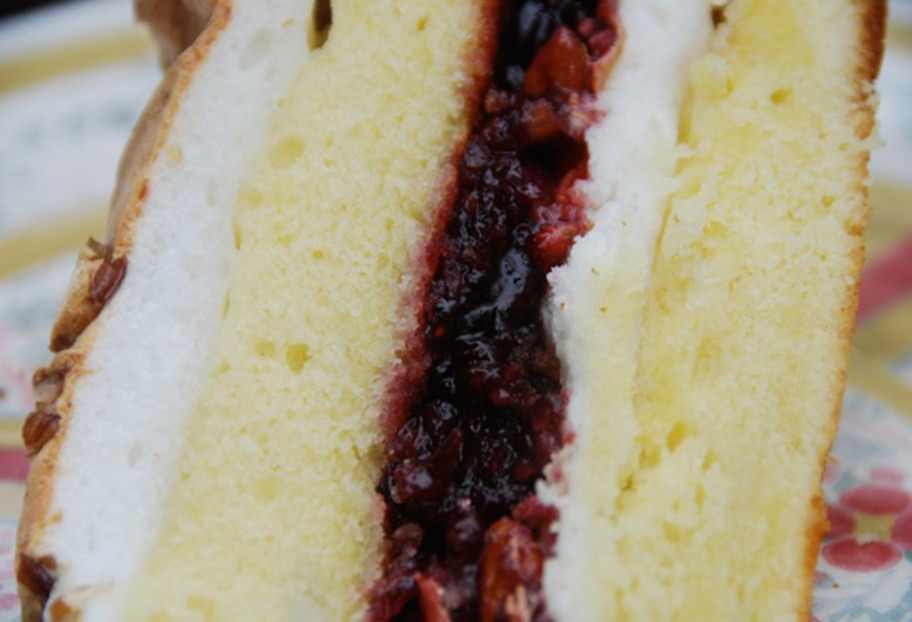
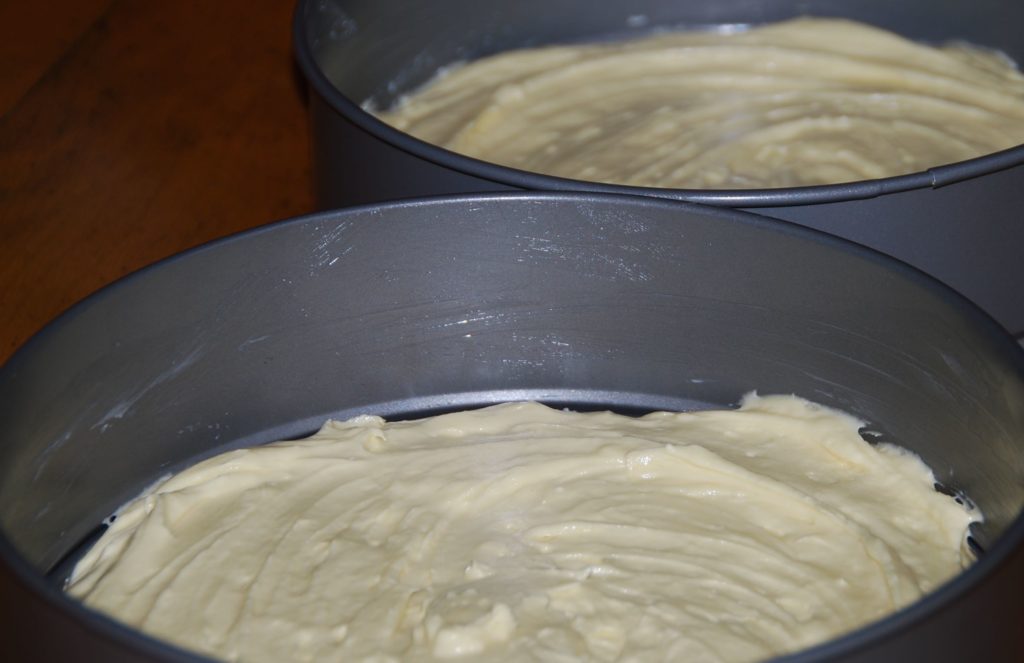
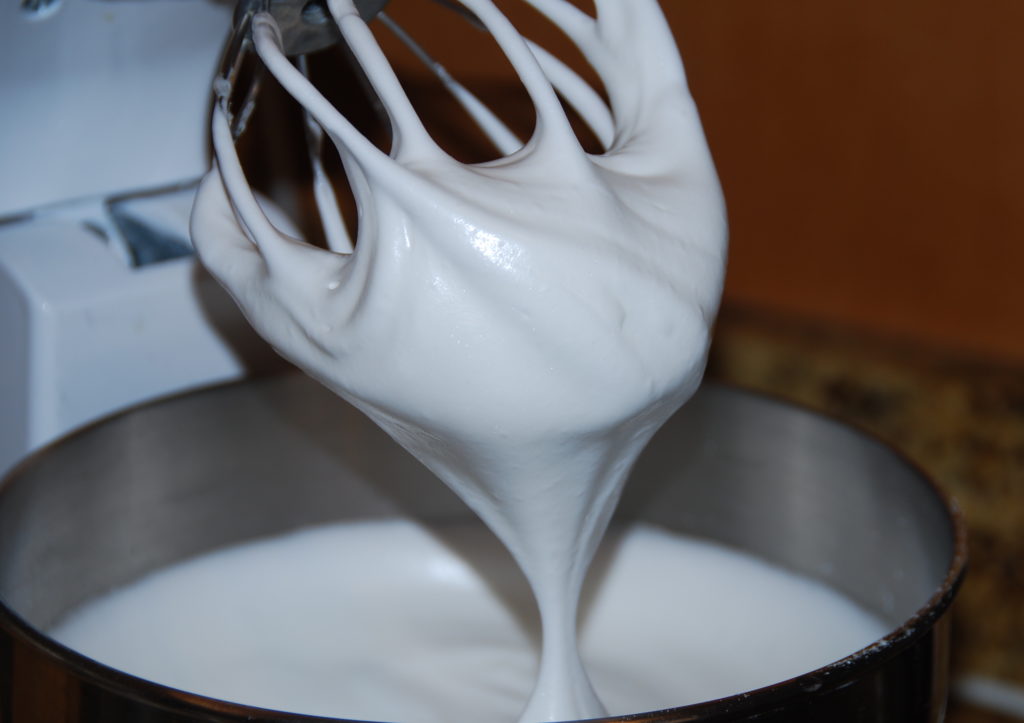
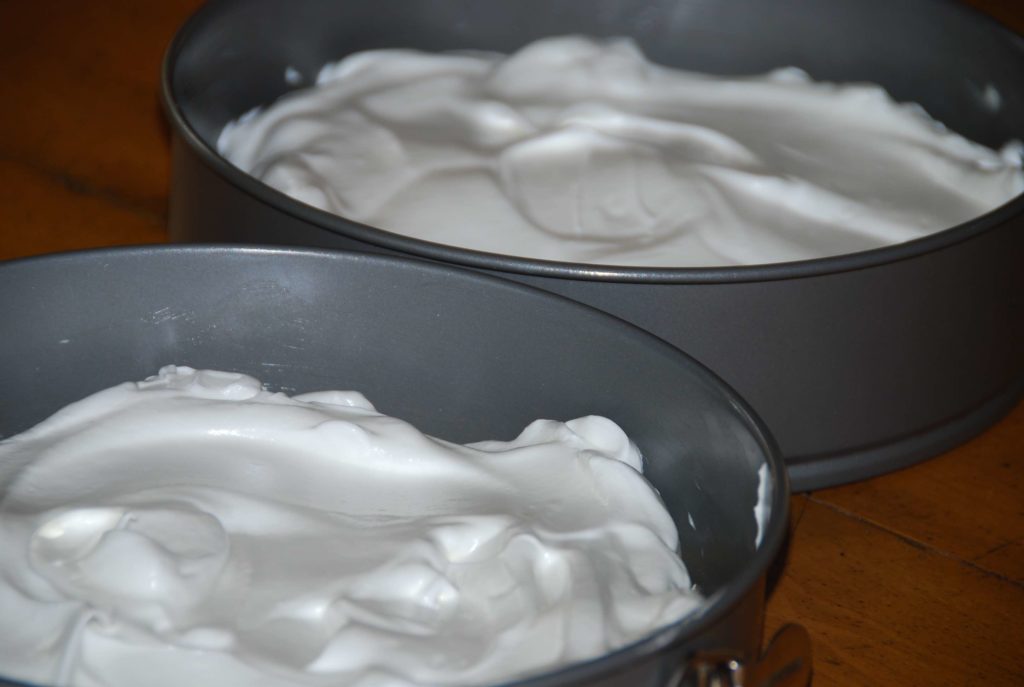
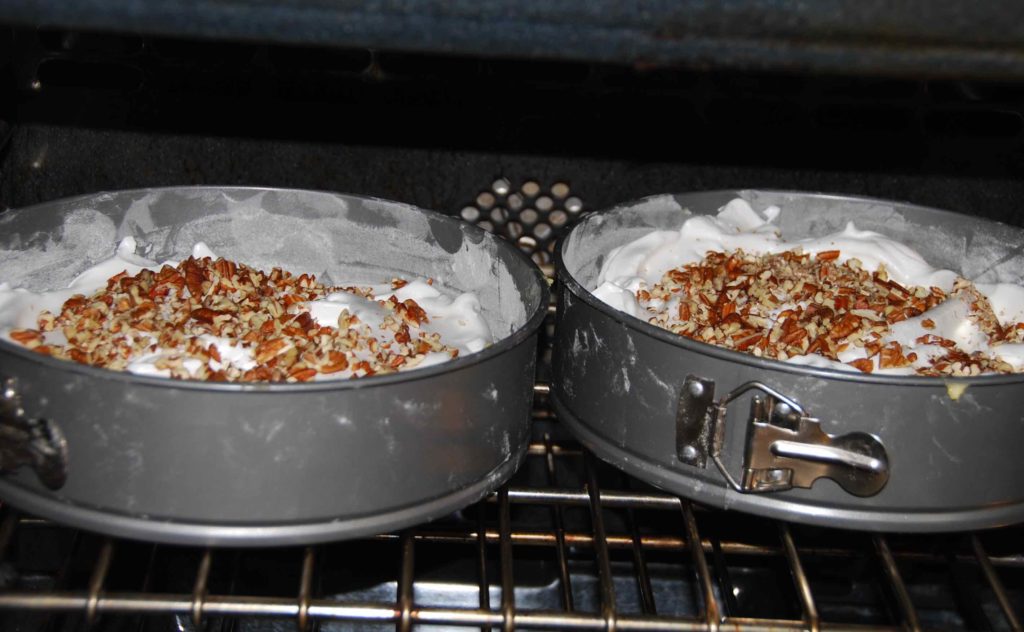

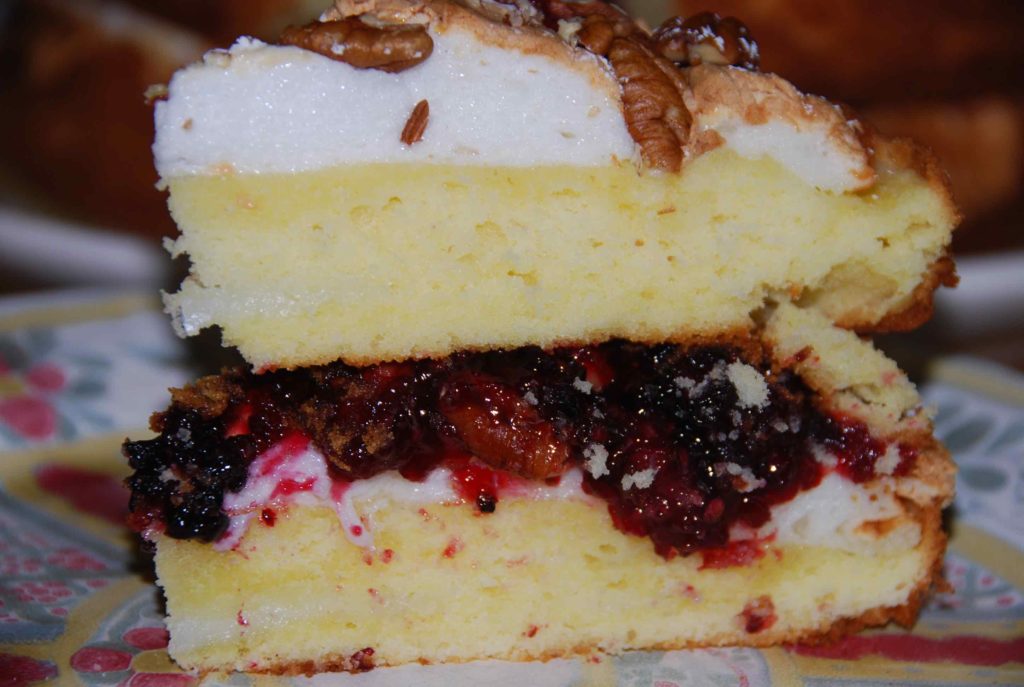
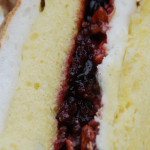
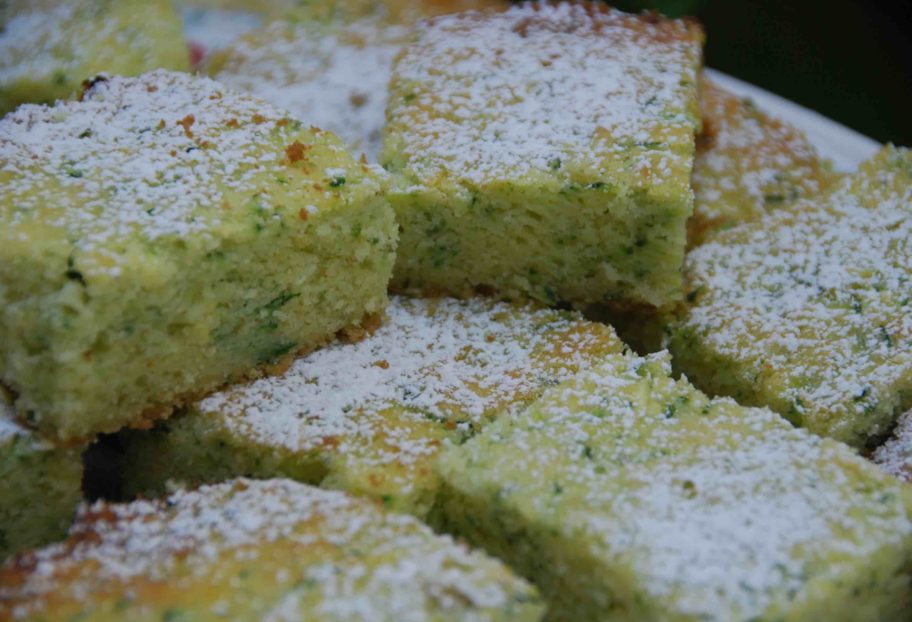
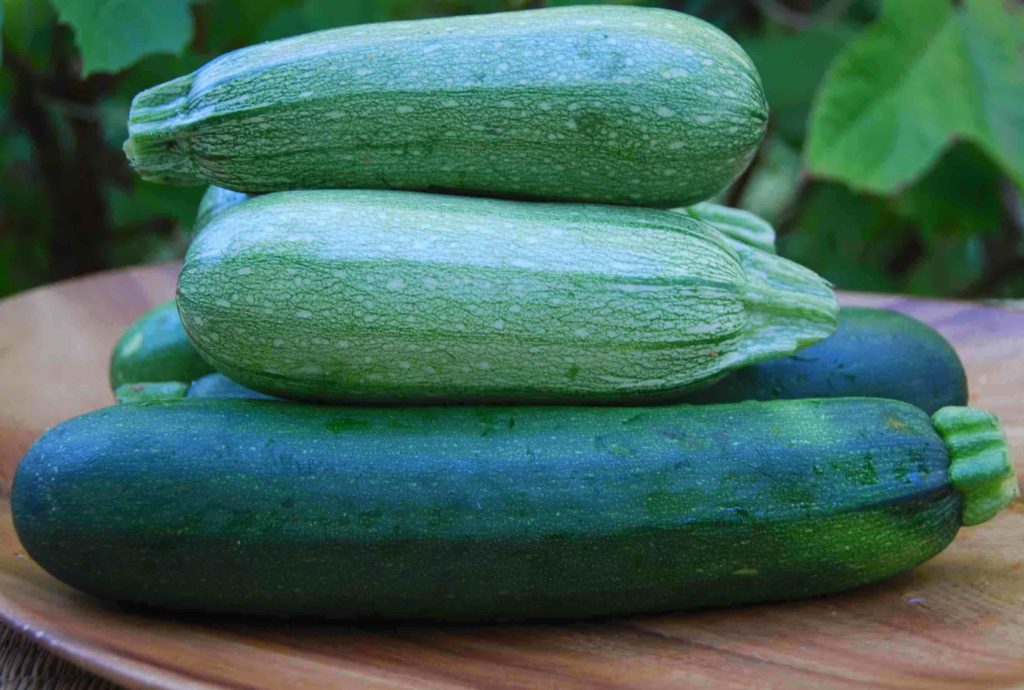
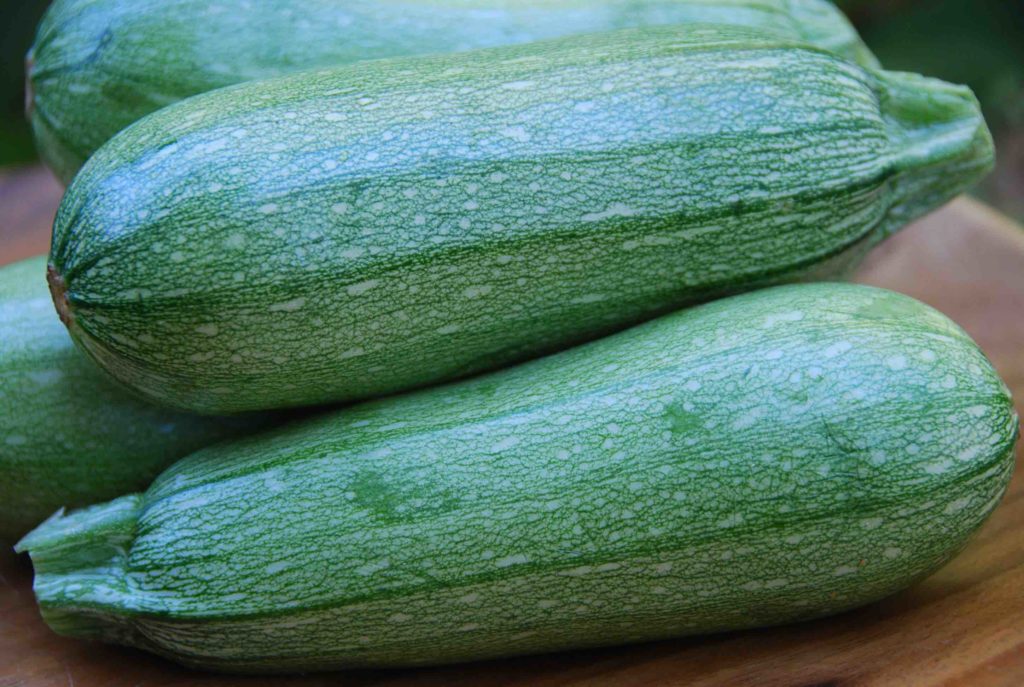 (The zucchini mostly found in Mexican markets, calabacita italiana, sometimes called Pipian in Latin stores throughout the US.)
(The zucchini mostly found in Mexican markets, calabacita italiana, sometimes called Pipian in Latin stores throughout the US.)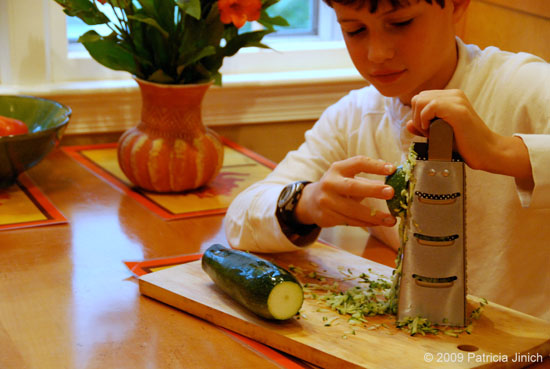 (While my youngest son loves to mash away with the molcajete, or anything else, my oldest has graduated to use the grater, which he does with worldly pride.)
(While my youngest son loves to mash away with the molcajete, or anything else, my oldest has graduated to use the grater, which he does with worldly pride.)